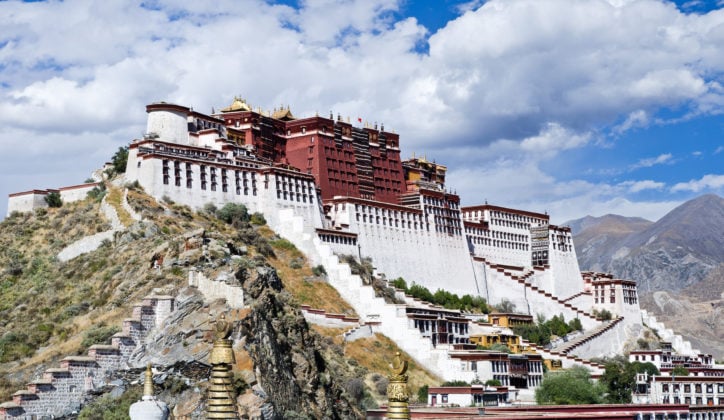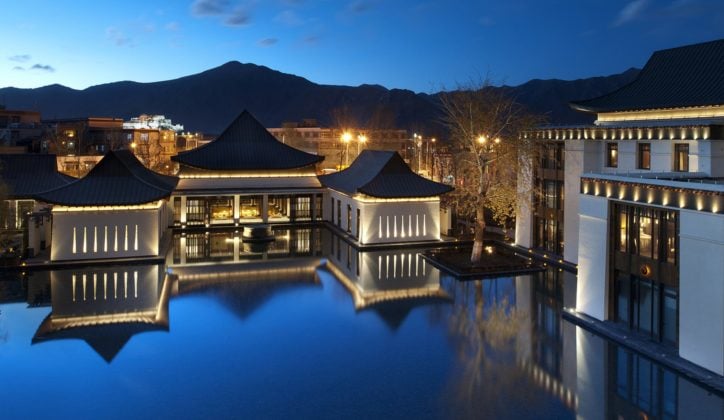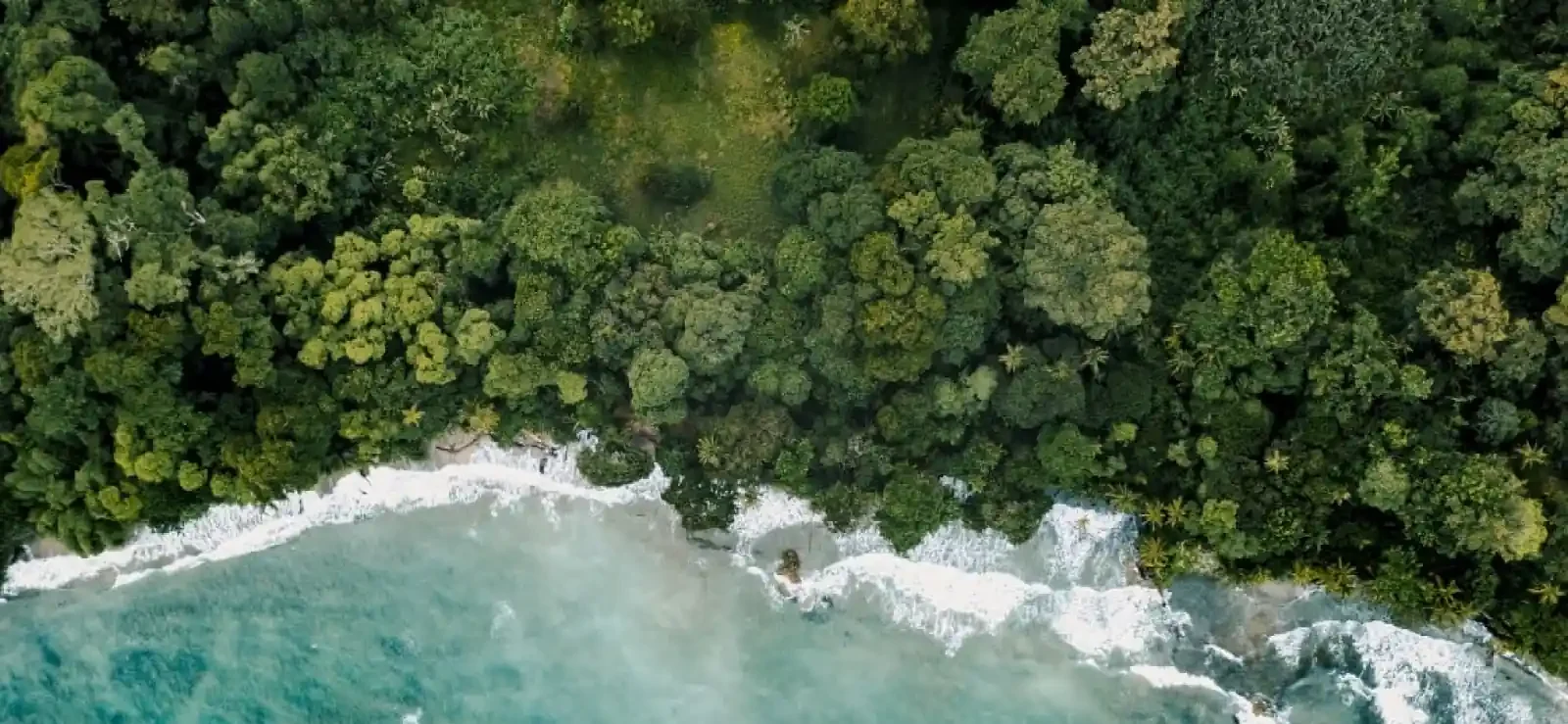In western China, between the indomitable peaks of the Himalayan range to the south and the Taklamakan Desert to the north, you’ll find the Tibet Autonomous Region, sat upon the Tibetan Plateau.
Home to the world-famous spiritual leader, The Dalai Lama, here you will not only find awe-inspiring views of the world’s highest mountains but also the opportunity for unparalleled high-altitude walks, mesmerising monasteries and one of the most unique and inviting cultures in the world.
Tibet is also known for its intricate and tumultuous history in which its independence has been a central topic. Stretching back to the mid-7th century, when Songtsan Gampo established the unified Tibetan Empire, it’s history outlines Chinese and Mongol control, as well as a British invasion.
Much of Tibet’s rich cultural heritage was laid in ruins due to the Communist government-inspired Cultural Revolution movement between 1966 and 1976. However, tensions have since somewhat calmed, allowing Tibet’s rich traditional culture to gradually recover.
Its capital Lhasa is truly a one-of-a-kind destination and upon arrival, you’ll understand why Lhasa means “place of the gods”. As one of the world’s highest cities, the remote location of Tibet’s capital makes it a thoroughly exclusive destination, with more than 1,000 years of cultural and spiritual history.
Not to be missed are Potala Palace, a UNESCO World Heritage Site and the old chief residence of the Dalai Lama; the graceful Lhasa Zhol Pillar, which is inscribed with what may be the oldest known example of Tibetan writing; the Norbulingka Palace, once the Dalai Lama’s Summer Palace; and the Jokhang temple, a UNESCO World Heritage Site on the Barkhor pilgrim circuit and for some, the most the most sacred and important temple in Tibet.
Located at the bottom of a small basin surrounded by the Himalaya Mountains, Lhasa features mostly uninhabited marshlands to the Nnrth and an area of great scenic beauty to the south where the Kyi River – the ‘merry blue waves’ – flows through. Lhasa is surrounded by three parks, the Norbulingka – the largest man-made garden in Tibet, the Shugtri and the Lukhang, and spending time within them is an integral part of life in this city.
Very few place names in the world evoke such powerful images as Tibet – it remains endlessly mysterious and fascinating, and whilst it bears many similarities to mainland China, it offers an entirely unique culture and experience at the same time.
What to do
- Barkhor temple circuit
- Visit the Norbulingka Palace
- Explore the UNESCO World Heritage Site Potala Palace
- Discover the Lhasa Zhol Pillar
- Travel part of the Barkhor pilgrim circuit with a visit to the Jokhang temple
When to Go
Tibet is best visited in April and May or September and October. By travelling during this high season, you’ll avoid the peak of the summer rains and the harsh winter snow.
Itineraries including Tibet
Accommodation in Tibet
Here are some of our travel designers' favourite options

















